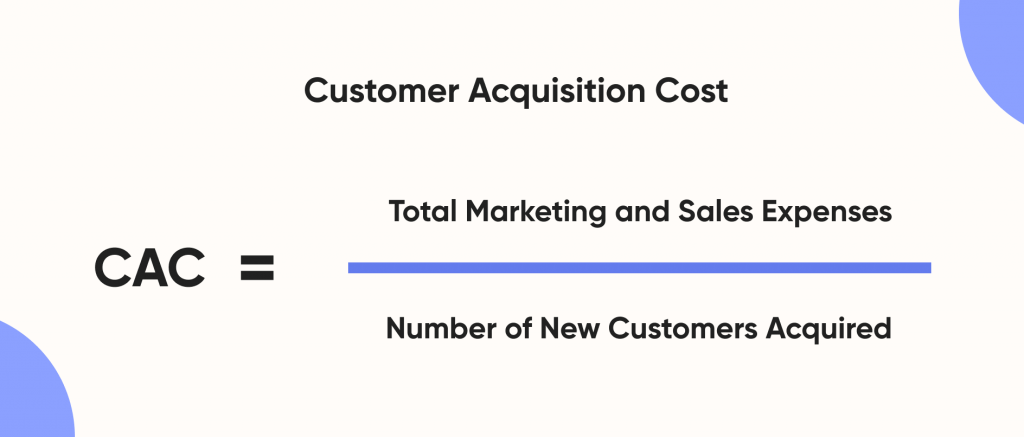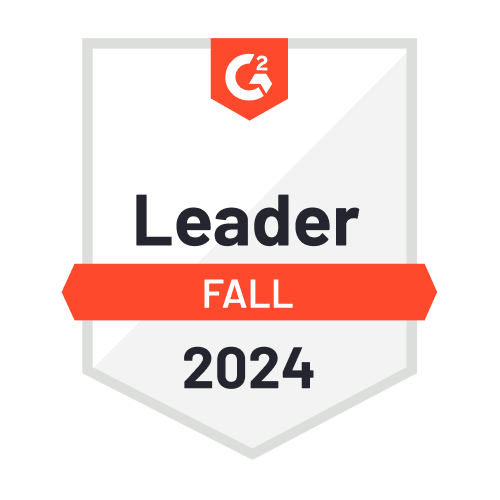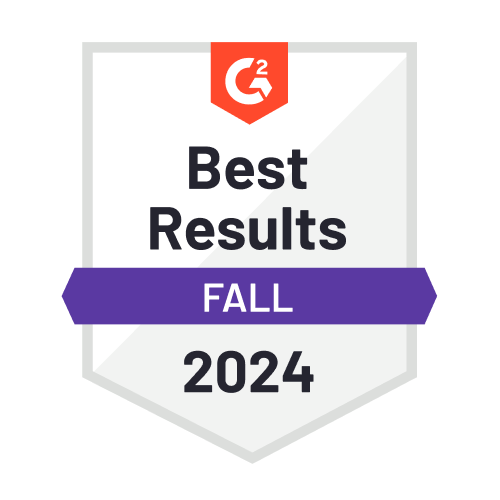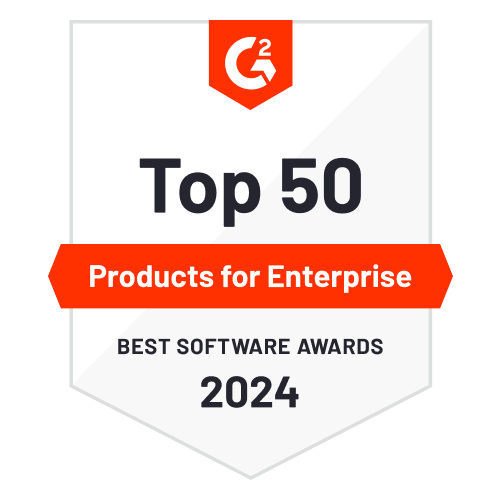Customer Acquisition Cost (CAC)
Customer Acquisition Cost (CAC) refers to the total cost incurred by a business to acquire a new customer, including marketing expenses, sales efforts, and other related expenditures. This metric holds a significant place in the marketing landscape, as it helps businesses evaluate the effectiveness of their strategies and make informed decisions to optimize their resources.
What is Customer Acquisition Cost?
CAC quantifies the monetary investment required to acquire a single new customer. It encompasses various expenses, such as marketing campaigns, advertising, sales team salaries, and other direct costs associated with attracting and converting prospects into paying customers.
By calculating Customer Acquisition Costs, businesses gain insights into their marketing efficiency and can adjust their strategies accordingly to reduce costs.
The goal is to have as low a cost as possible – but this isn’t without its challenges. In the last five years, CAC has shot up by 60% on average.
How to calculate Customer Acquisition Cost?
Calculating Customer Acquisition Cost is a straightforward process that requires the collection of specific data points.
The formula to determine CAC is as follows:
CAC = (Total Marketing and Sales Expenses) / (Number of New Customers Acquired)

For example: If a company spent $10,000 on marketing and sales efforts in a given month and acquired 100 new customers during that period, the CAC would be $100 ($10,000 / 100).
What is a good Customer Acquisition Cost?
While there isn’t a one-size-fits-all answer to what constitutes a “good” CAC, it largely depends on the nature of the business, the industry, and the company’s lifecycle stage. Startups and companies in highly competitive sectors might have higher CAC due to initial marketing investments. In comparison, established businesses may have lower CAC due to brand recognition and customer loyalty.
Generally, comparing the CAC to your Customer Lifetime Value (CLV) is a good practice. A healthy ratio of CAC to CLV ensures that the acquisition cost is not significantly higher than the value a customer brings over their entire engagement with the company.
For instance, if the CAC is $50 and the CLV is $500, the company is likely to have a sound customer acquisition strategy.
How do marketers use Customer Acquisition Cost data?
CAC data is a critical tool for marketers in several ways:
- Budget allocation
By knowing the CAC, marketing teams can allocate budgets more effectively across different channels and campaigns, focusing on those that yield the best results and the lowest cost per acquisition.
- Performance assessment
CAC enables marketers to evaluate the effectiveness of their strategies and campaigns over time. Analyzing changes in CAC can reveal areas where improvements are needed.
- Pricing strategies
Understanding CAC helps set competitive prices for products and services, ensuring that the acquisition cost aligns with the revenue generated from customers.
- Identifying High-Value Channels
CAC data allows marketers to identify which marketing channels bring in customers with higher CLV, enabling them to concentrate on those channels.
How to reduce the cost of customer acquisition?
Minimizing CAC is a goal for most businesses, as it directly impacts their profitability and growth.
Here are some effective strategies to reduce the cost of customer acquisition:
Targeted marketing
Focus on understanding your target audience and tailor your marketing efforts to reach those most likely to convert. This reduces wasteful spending on audiences less likely to become customers.
Segmentation: Divide your target audience into specific segments based on demographics, behavior, interests, and preferences. This allows you to create tailored marketing campaigns that resonate better with each group, increasing the likelihood of conversions.
Lookalike audiences: Use data from your existing customer base to create lookalike audiences. Platforms such as Insider offer the option to target users who share similar characteristics with your current customers, expanding your reach to potential customers who are more likely to convert
Optimize conversion funnel
Analyze your conversion funnel to identify and address bottlenecks. Streamlining the customer journey can improve conversion rates and subsequently lower CAC.
Identify pain points: Analyze each step of your conversion funnel to identify areas where potential customers might drop off or lose interest. Addressing these pain points can lead to a more streamlined and efficient conversion process.
Improve website UX: A user-friendly and intuitive website can significantly impact conversion rates. Optimize your website for speed, mobile-friendliness, and clear calls-to-action to keep visitors engaged and encourage them to take the desired actions.
Implement retargeting: Use retargeting strategies to re-engage with visitors who did not convert during their first visit. Displaying targeted ads to these users as they browse the web can remind them of your offerings and encourage them to return to complete their purchase.
Referral programs
Implement customer referral programs to leverage satisfied customers as brand advocates. Word-of-mouth marketing can be a powerful and cost-effective way to acquire new customers.
Incentivize referrals: Offer attractive rewards or discounts to the referrer and the referred customer. The incentive creates a win-win situation, motivating existing customers to refer their friends and family, while enticing new customers to make a purchase.
Personalized referral links: Provide customers with personalized referral links that they can easily share on social media or via email. Tracking these links helps you measure the success of your referral program and identify your most influential advocates.
A/B testing
Continuously test different marketing strategies, landing pages, and calls to action to identify what resonates best with your audience and generates the most cost-efficient results.
Landing pages: Test different landing page designs, copy variations, and CTAs to determine which combinations result in higher conversion rates. A/B testing helps you refine your landing pages for better performance.
Ad copy and creatives: Experiment with different ad copy, visuals, and formats to identify the most effective combinations. Iterative testing allows you to allocate your budget to the best-performing ads, optimizing your CAC.
Start building a strategy to reduce your Customer Acquisition Cost
By consistently monitoring and optimizing CAC, marketers can fine-tune their efforts, reduce costs, and attract valuable customers. Book a demo with our partner success team to find out how Insider could help you improve your CAC.













